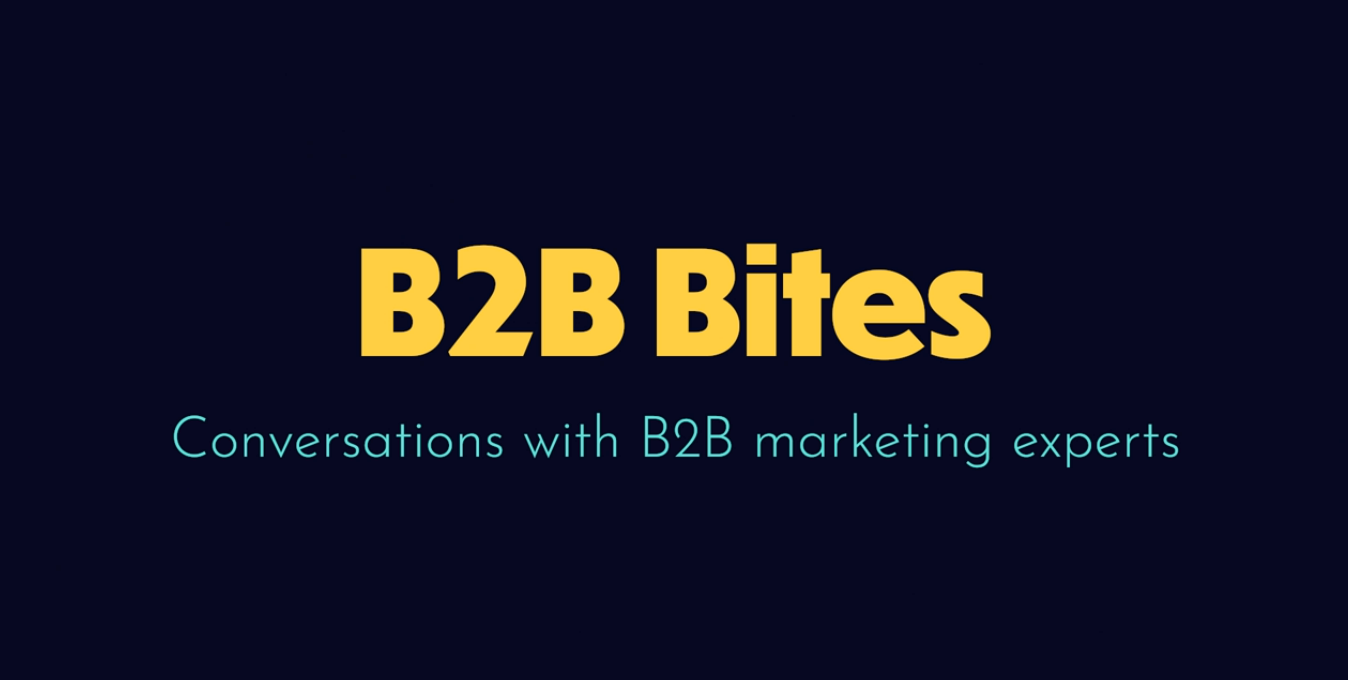Getting your head around what kind of content works for your industry, market and client base takes a fair amount of learning-by-doing.
Of course you absolutely need to know what you’re trying to achieve, but in the earliest stages, you can’t expect miracles overnight. You have to get stuck in and start creating content so that you can analyse its success and go from there. But let’s say you’ve been through this process a few times already. You’ve created content, you’ve put it out into the world, you’ve gauged the response. Now you’re ready to step things up a gear. You want to start seeing real results.
It’s time to gather together all the insights you’ve gained from previous campaigns and turn them into a complete, end-to-end, rock-solid content marketing plan. Here’s how to get started.
1. Start With Your Business Objectives
Okay, so let’s stop thinking about content for the moment. What is it your business or organisation most needs right now? I’m talking your top-level objectives here. The specific, overarching goals for 2016.
Write these down on a post-it note and stick it to your screen: whatever you do next, you must always have these goals in mind. One of the main problems with content marketing is that the focus drifts away from central business objectives until it comes to exist purely for itself. Instead, you need to build out from these aims. Essentially, the content you create is an attempt to further these goals at the granular level. It sounds obvious, but far too few businesses truly think about their content marketing plan in this way.
2. Shift Your Thinking from “What” to “How”
A content marketing plan is not the same as a content calendar. A content marketing plan does not mean stating that you will publish a blog post on Wednesday, a video on Monday and release an eBook in June.
Strategic planning means knowing where you need to get and explaining exactly how you are going to get there, step by step. Plan how each piece of content will guide the customer to the next stage of their journey and then work out the best content format, publication date etc. to achieve that – not the other way around.
3. Harness the Knowledge Inside Your Organisation
The point of a content marketing campaign is to demonstrate your company’s capabilities, expertise and what you’re like to work with. So why aren’t the people who will actually be working with your clients involved in the content creation process?
Collaborating across the business, drawing out ideas and viewpoints and engaging the whole team in what you’re trying to achieve will greatly enrich the content you create. At the very least, you’ll get invaluable feedback from the frontline about what needs, problems and pain points clients report most frequently. At best, you’ll get a totally fresh perspective that completely reinvigorates your content marketing strategy.
4. Be Wary About Fixating On Numbers
I know, I know, it sounds contradictory: you need clear goals to measure success, but you shouldn’t be too precise about numbers - whether that’s downloads, leads or sales. Objectives like “we want this content marketing campaign to drive up sales by 10%”, or “we want to hit 5,000 downloads of this eBook”, sound concrete, but in reality they’re kind of arbitrary. It’s impossible to predict these things accurately. Instead, you need to focus on beating previous performance, and that means mapping the customer journey with greater and greater success.
How do you want people to respond to each piece of content? Where are you guiding them to next? What actions are you going to take that are within your control? Once you’re a few months in to your campaign, you’re in a position to say whether you’re making progress and how it stacks up against earlier efforts. Be patient.
5. Interrogate All Your Assumptions
Your plan must be really thorough. It must be properly joined up. On one end of your content marketing plan is where you are now, on the other end is your grand goal, and in the middle is the exact route you’re going to take to get there. We’re talking micro-detail, right down to the call-to-action at the end of each piece. We’re talking a content calendar tight enough that your team knows exactly what they’re supposed to be doing and when.
Think of it as a watertight set of directions for someone who’s travelling without a map. It’s not enough to say: “Okay, so you need to get from London to Edinburgh by 10pm.” You need to explain how to get onto the tube from the Arrivals Hall at Heathrow Airport. You need to know all the changes in advance. You need to know what station and what platform the train leaves from, and at what time. You need a contingency plan for engineering works. That’s the kind of detail we’re talking about if you want a content marketing plan that really works.
Want more great advice to take your content marketing strategy to the next level? Click here to download the B2B Content Creation Masterclass.









